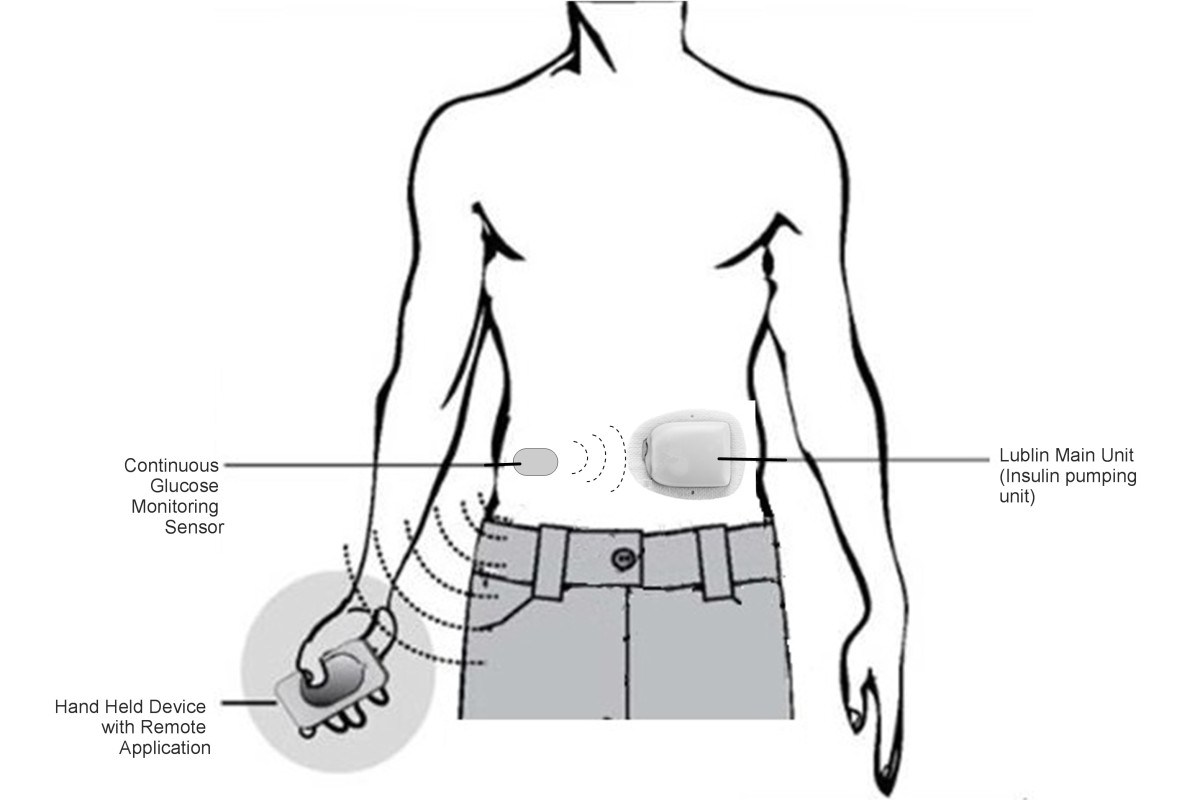
Lublin- An Indigenous User Friendly Insulin Pump
Executive Summary
There were 415 million persons living with diabetes worldwide, in 2015. By 2040, estimates suggest that this number will increase to 642 million. Diabetes may be type-1, type-1.5, type-2 or Type Gestational. Insulin is the only treatment for type-1, the treatment of choice for type-1.5 and Gestational diabetes, while a large number of person with type-2 also have to rely on injecting insulin multiple times daily, either due to complications or non-effectiveness of oral medicines.
Estimates for number of person using insulin worldwide are not available. Only three sources have provided data in the last 10 years for insulin requirement, pertaining only to developed countries. However, there is no exact data available. An estimate made by the International Diabetes Federation (IDF), on the number of person requiring insulin worldwide, in 2006, puts the figure between 17.9 million to 35.3 million. The data estimates are interpolated from. However, it has been noted in that the insulin usage has tripled in the UK alone in the period 1990-2010.
Insulin delivery to human body can be done through injections only, manually or automated. Although there is no overall consensus, it is widely accepted that those with frequent, severe hypoglycemia and/or hypoglycemia unawareness may derive particular benefit from using an automated injection system also called insulin pump.
Insulin Pump Therapy, also known as CSII (Continuous Subcutaneous Insulin Infusion) is a small computerized device that delivers insulin continuously to the user through a catheter placed under the skin. CSII follows the natural pancreatic insulin release through pre-programmed rates as well as user modifiable insulin delivery rates.
Insulin pump therapy is more expensive than Multiple Daily Injections (MDI). However, many health care and insurance systems, especially in the US and EU, are increasingly considering the Insulin Pump Therapy to be a lifestyle choice and are adapting policies accordingly. Insulin pumps present more flexibility in lifestyle, through granularity in insulin dosing and blood glucose level monitoring.
Insulin pump design varies across the pump manufacturing companies, each with its own set of advantages and disadvantages. However, no pump design simultaneously provides ease of use, reliability, simple and discrete operation, and efficient blood glucose management. The cost of buying and using a pump is prohibitively high, rendering its use a dream for most of those who need to pay out of pocket for medical care.The proposed project aims to design, simulate and make prototypes for the insulin pump (named Lublin) and its user interface. The proposed pump design provides the following key features:
- Small, lightweight and waterproof
- Sensor augmented – compatible with available Continuous Glucose Monitoring sensors
- Operation and management through a remote device e.g. an Android / iPhone installed App
- Limited visible tubing & tethering – This will reduce insulin wastage manifold!
- Lower cost and higher re-usability
The proposed project aims to design, simulate and develop prototypes for the insulin pump and its user interface.